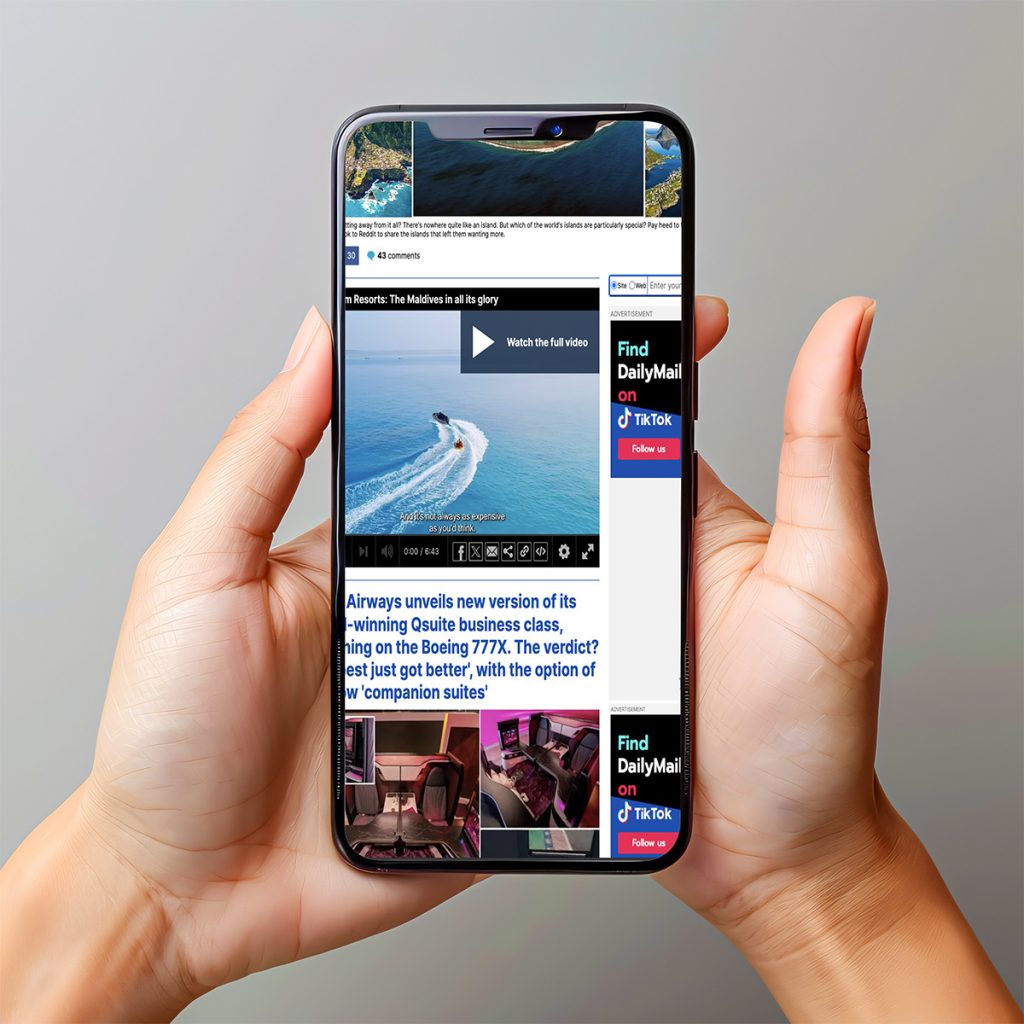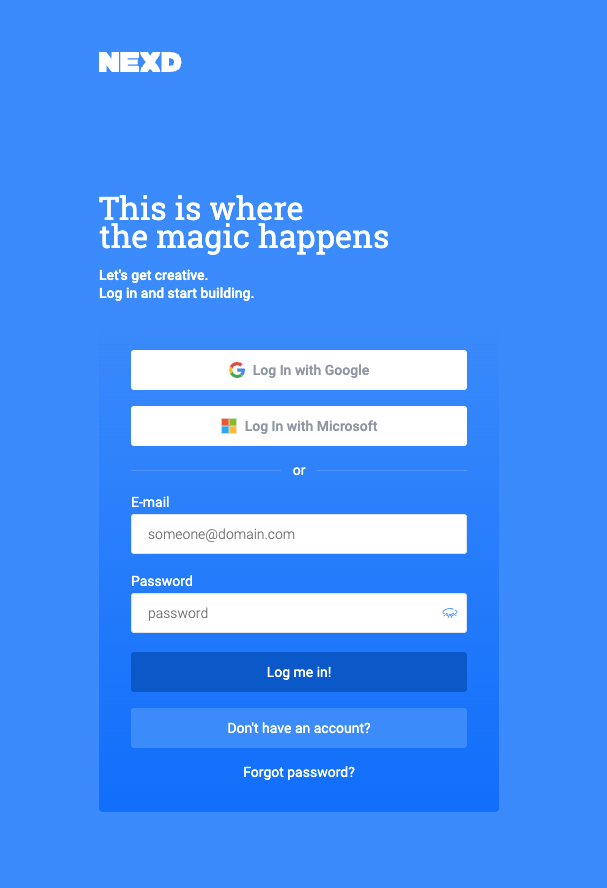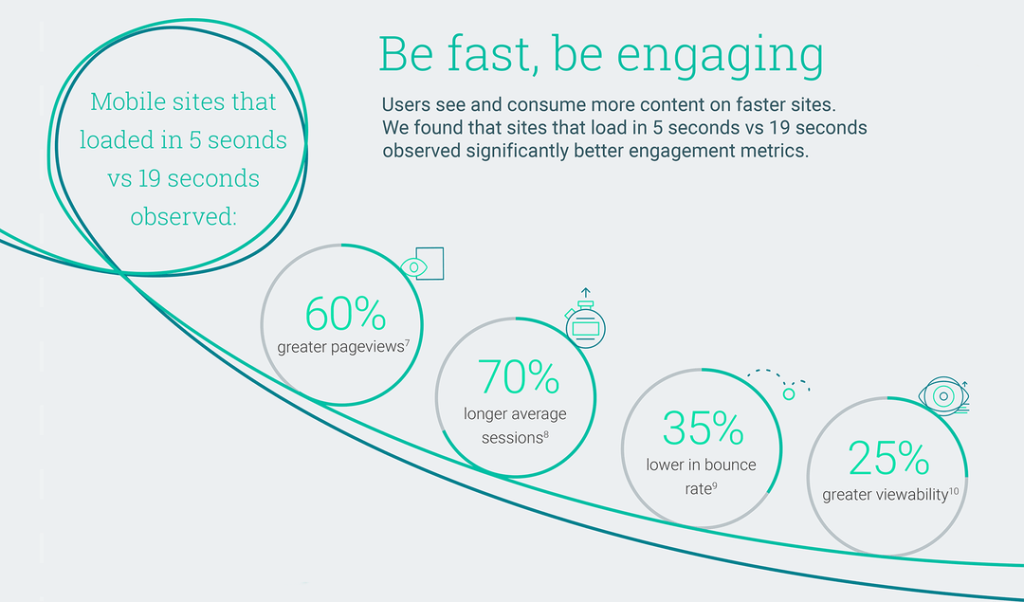Understanding Mobile Ad Viewability and Its Importance
Is poor mobile ad viewability hurting the performance of your campaigns?
Short answer? Yes, almost certainly. Mobile ad viewability is a critical metric that determines the success of digital advertising campaigns. If users don’t see your ads, they can’t engage with them.
In this article, we will explore what mobile ad viewability is, why it matters, how to measure it, and how Nexd Campaign Manager can help you improve your ad viewability.
What is Mobile Ad Viewability?
Mobile ad viewability refers to the likelihood of an ad being seen by users. An ad is considered viewable if at least 50% of its pixels are in view on the screen for a minimum of one second for display ads or two seconds for video ads.
What Else Affects the Performance of Mobile Ads?
While viewability is important, there are also problems with displaying ads, such as:
- Heavy Ads – big, bloated packages that take ages to download.
- Excessive Network Requests – lots of network requests, hogging bandwidth.
- Processor-Intensive Ads – ads are competing with content for valuable processor time.
- SSL Non-Compliance – data being transmitted using unsecured protocols is a recipe for disaster.
- Intrusive Ad Formats – irritating pop-ups that mess with the user experience.
Why is Mobile Ad Viewability So Important?
High mobile ad viewability is crucial because it directly impacts the success of ad campaigns.

Ads that aren’t seen can’t drive engagement, clicks, or conversions. Viewability ensures that the ads reach their intended audience, providing better ROI for advertisers.
How Can Mobile Ad Viewability Be Measured?
Viewability is measured using various metrics and tools. The most common metrics include:
- Percentage of Impressions: The ratio of viewable impressions to the total number of impressions.
- Viewable CPM (vCPM): The cost per thousand viewable impressions.
- Average Viewable Time: The average duration an ad remains in view.
Benefits of Mobile Ad Viewability
High mobile ad viewability offers several benefits:
- Increased Engagement: Viewable ads are more likely to engage users.
- Better Brand Recall: Ads seen by users lead to better brand recall.
- Higher Conversion Rates: Viewable ads have a higher chance of leading to conversions.
Challenges for Mobile Advertisers
Several challenges can affect mobile ad viewability:
- Page Load Speeds: Slow-loading pages can hinder ad visibility. Optimize your site’s load times to improve ad viewability.
- Design Issues: Poorly designed ads may not capture user attention. Use engaging and relevant designs.
- Ad Unit Placement: Ads placed in less visible areas of the page may go unnoticed. Position ads where users are likely to see them.
- Ad Blockers: Many users employ ad blockers, reducing ad viewability. Consider strategies to bypass ad blockers.
- Creative Weight: If the ad is very heavy, it requires a lot of resources and depends on the network connection, the device and the processing source, and that can cause the ad to load too long.

Get started
Sign up to Nexd Campaign Manager for a free 14-day trial and start creating environment-friendly and highly engaging programmatic creatives!
How much can a rich media mobile ad weigh?
The Interactive Advertising Bureau (IAB) has recently updated its guidelines with the IAB New Ad Portfolio, focusing on lightweight, cross-screen, and flexible-size ads to enhance user experience and performance. Previously, the standard set a limit of 200-300 kilobytes for display ads. Ad Lightning found that 41% of ads examined across thousands of sites exceeded the previous size limit, highlighting a common issue in the industry (IAB Tech Lab).
A study by Google found that a one-second delay in page load time can reduce page views by 11% and customer satisfaction by 17%. Additionally, mobile sites that load in 5 seconds earn up to 2x more ad revenue than sites with an industry average load time of 19 seconds (IAB).
This means it’s not just advertisers who need to start looking at ways to tackle these problems. Publishers also aim for optimal performance to ensure their clients get the best results. The better a site works, the better the mobile ad viewability, and consequently, the better the ads perform. Enhanced ad performance directly correlates with increased publisher revenue.

Improving Mobile Ad Viewability with Nexd Campaign Manager
Nexd Campaign Manager offers solutions to enhance mobile ad viewability:
- Faster Load Times: Nexd technology ensures ads load quickly, improving the chances of being seen.
- Engaging Ad Formats: The platform supports various interactive ad formats that capture user attention.
- Optimal Placement: Nexd helps place ads in the most viewable areas of the screen.
To learn more about how to optimize your mobile ads, read our comprehensive guide on mobile ads.
Conclusion
Mobile ad viewability is essential for successful ad campaigns. By understanding its importance and addressing common challenges, advertisers can improve their ad performance. Nexd Campaign Manager offers tools to enhance ad viewability, ensuring your ads reach and engage your audience effectively.